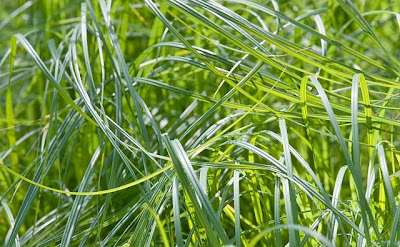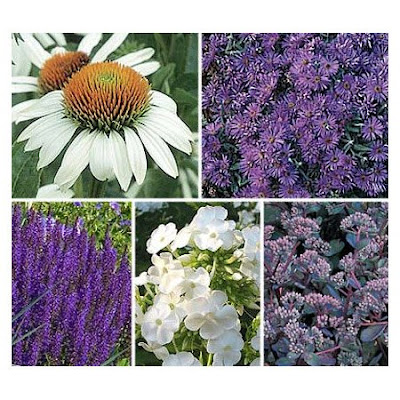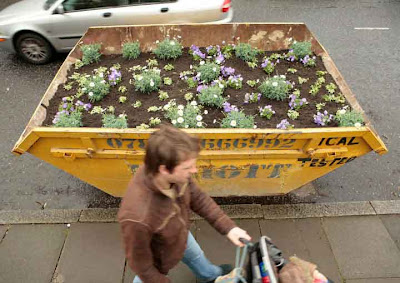Healing Garden
Alzheimer’s Awareness Perennial Garden
March 25, 2009
The Importance of PLAY
March 11, 2009

Did you know that there’s a National Institute for Play? (www.nifplay.org). How cool is that? There’s been a lot of talk lately about play: Its importance not only for early childhood development (which is very important), but for people – and animals, too – of all ages. The new book by Stuart Brown and Christopher Vaughan called Play: How it Shapes the Brain, Opens the Imagination, and Invigorates the Soul has been getting a lot of press, and for good reason. We need play, and just as Richard Louv uncovered that kids are not getting outdoors enough in Last Child in the Woods, we are not playing enough, either. So, if we’re suffering from nature-deficit disorder and play-deficit disorder, wouldn’t the perfect antidote be some outdoor playtime?
Forcing spring
March 8, 2009
It’s the third warm, sunny day here in the Hudson Valley, and it really feels like spring. Today I celebrated by cutting some stems from our giant forsythia hedge to force indoors. Even though forsythia and magnolia are three of the earliest spring-blooming shrubs (but later than witch hazel – see this post), we’ve still got a few weeks before they really burst into full glory. By taking cuttings and bringing them inside, you can trick trees and shrubs into thinking spring is further along, hence the term “forcing.” I actually could have done this weeks ago, but I always forget! You can force lots of other shrubs and trees, too, including azalea, flowering quince, pussywillow, witch hazel, serviceberry, redbud, rhododendron, beautybush, crabapple, and other fruit trees such as cherry, apricot, pear, and apple. To see some really gorgeous examples, check out this blog post from Habitually Chic: “Forcing Spring.”
Planting the Healing Garden: Growing Your Own Bird Seed
March 6, 2009
Not much time for blogging lately, but here’s a good article about planting flowers that will attract birds into your garden. And if they don’t eat it all while it’s “on the vine,” you can harvest to feed the birds later. “How to Grow Your Own Bird Seed in the Garden.” Enjoy, and the birds will, too!
Gardening for Health – another good article
March 3, 2009
Twitter can sometimes be a supreme distraction, but it can also send good articles my way, including this one, “Gardening for Health.” It’s old (2000), and repeats a lot of the same stuff I and others have been saying again and again, but there’s a personal component to this piece that – in my opinion – makes it worth sharing. I hope you agree!
Planting the Healing Garden: Ornamental Grasses
February 26, 2009



Royal Society of Medicine Conference: Therapeutic Environments
February 23, 2009
The Darzi Report, advocating high quality services for people requiring care in the National Health Service, argues that patients should have “a greater degree of control and influence” over their care, “making services fit for everyone’s needs”, and “care that is personal to them”. Therapeutic Communities do exactly this, in a variety of settings.
Planting the Healing Garden: First Signs of Spring
February 19, 2009

Dumpster Gardens
February 18, 2009
Sensory Gardens
January 27, 2009












